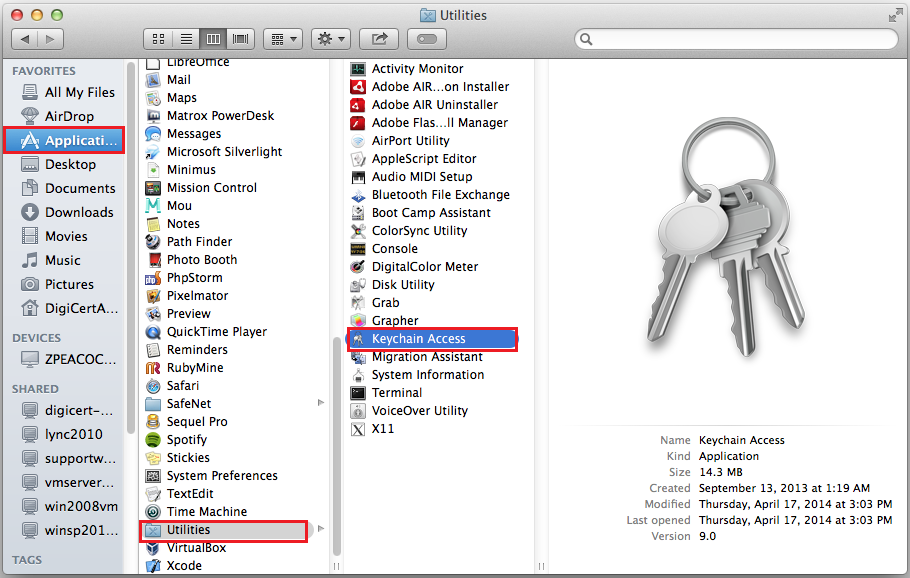

OS X Server is good for running the built-in web-based services, but I'd use something else if you're going much beyond what's built in.īTW, a quick note about the rather nonstandard location of apache files in OS X Server: there are at least three apache2 directories full of config files:

the probability that you and Apple's configs will trip over each other gets unpleasantly high. This is one of the reasons I can't really recommend using OS X Server as a general-purpose web server: it's configuration is extensively modified to support the various web-based services OS X Server provides (profile manager, wiki, webcal, webDAV file sharing, etc) and if you're trying to make extensive modifications of your own.

There are probably some things you can't safely change. Also, if you need to add settings only to specific virtual sites, you can add Include directives to the files in /Library/Server/Web/Config/apache2/sites/ and the admin tools seem to leave them alone.Ĭhanging settings (rather than just adding) is trickier I don't know of a general "safe" way to do this, so you'd have to take them on a case-by-case basis. Another option is to put your settings in a file in /Library/Server/Web/Config/apache2/other/, since the master file Includes everything in that directory automatically. I haven't tested this extensively, but the Apple admin tools seem to leave Include directives in this file alone.

Put your changes in separate files and use the Include directive to May make changes directly to this file but it's generally safest to Server application and, in some cases, by webappctl(8). This file is modified by the server-resident part of the Certain directivesĪre activated when Websites Service is switched on in the ServerĪpplication these are bracketed by the "IfDefine WEBSERVICE_ON"īlocks. Server's Apache configuration, and takes the place of the desktopĪpache configuration in /etc/apache2/nf. Note that itĭiffers from the nf distributed with Apache. This is the primary configuration file read by Apache.


 0 kommentar(er)
0 kommentar(er)
